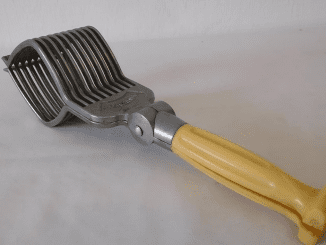Dealing with a painful bump on the side of your foot can feel like a constant struggle. It makes walking uncomfortable, finding the right shoes nearly impossible, and can even disrupt your daily life. If this sounds familiar, you’re likely dealing with a bunion. But don’t worry—there are ways to manage and reduce the pain effectively. Let’s explore what bunions are, why they develop, and what you can do to treat and prevent them.
What Exactly Is a Bunion?
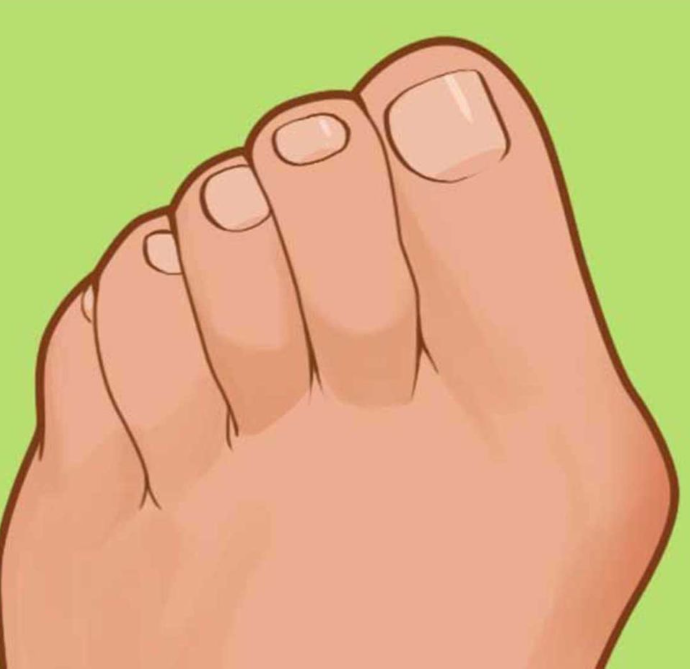
A bunion, also known as hallux valgus, is a bony bump that forms at the base of your big toe. It happens when the big toe leans inward toward the second toe, pushing the joint outward. This misalignment causes the noticeable bump on the side of the foot, often accompanied by pain and swelling.
Bunions can develop due to a variety of factors, including genetics, poor footwear choices, arthritis, or even certain walking patterns. Over time, they can worsen, leading to increased discomfort and potentially limiting your mobility.
Signs and Symptoms of a Bunion
How do you know if you’re dealing with a bunion? Here are the most common signs:
- A visible bump at the base of your big toe.
- Persistent pain or tenderness in the area.
- Redness or swelling around the joint.
- Difficulty moving your big toe or pain while walking.
- Corns or calluses where toes rub against each other.
If these symptoms sound familiar, it’s time to take action before the condition worsens.
Why Do Bunions Form?
Bunions are often caused by a combination of genetics, lifestyle, and physical strain on the feet. Let’s break it down:
- Genetics: If your family members have bunions, you’re more likely to develop them. Some people inherit foot shapes that predispose them to this condition.
- Poor Footwear Choices: High heels, narrow-toed shoes, or footwear that doesn’t fit properly can force your toes into unnatural positions over time.
- Arthritis: Inflammatory conditions like rheumatoid arthritis can weaken the joints and make bunions more likely.
- Foot Mechanics: Flat feet, overpronation, or abnormal walking patterns can place uneven pressure on the toes, contributing to bunion development.
How to Treat and Relieve Bunion Pain
While bunions can’t be reversed without surgery, several treatments can alleviate pain, improve mobility, and slow their progression.
1. Choose the Right Shoes
Proper footwear is the first line of defense against bunion pain. Ditch the high heels and tight shoes in favor of these options:
- Shoes with wide toe boxes that give your toes room to spread.
- Low or no heels to minimize pressure on the front of your foot.
- Soft, cushioned insoles for added comfort and support.
By making smarter footwear choices, you can significantly reduce the pressure on your bunion and prevent further irritation.
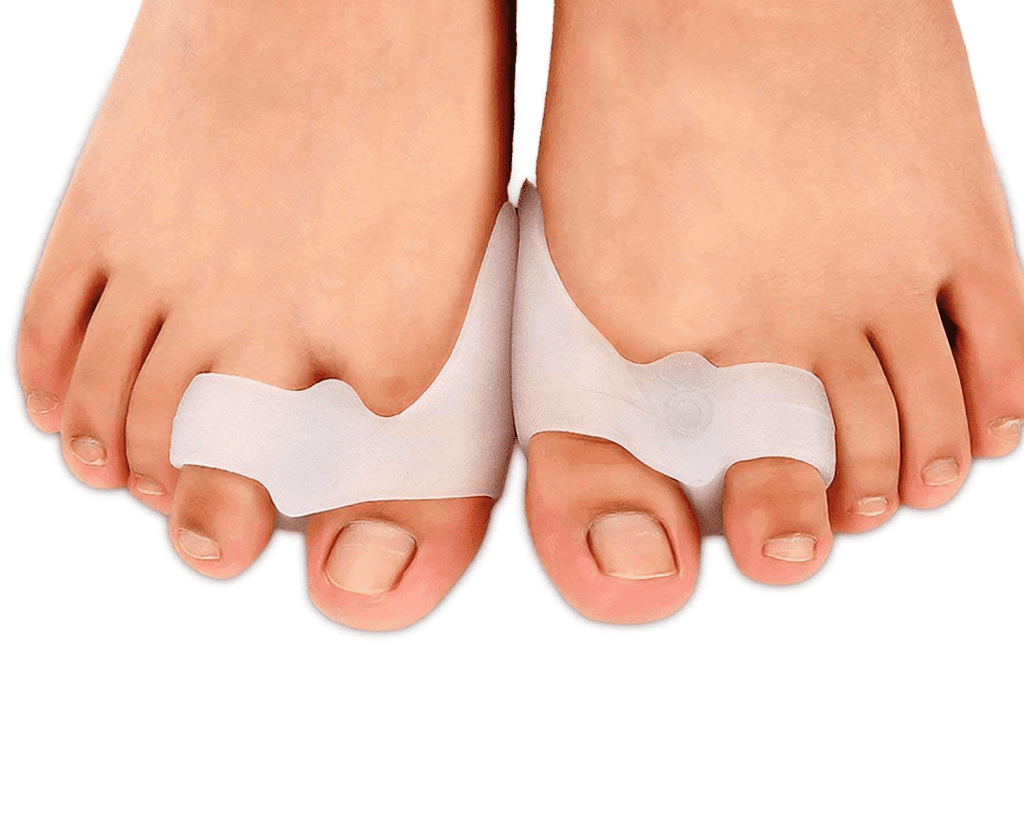
2. Try Bunion Pads and Orthotics
Over-the-counter bunion pads act as a cushion, reducing friction between the bunion and your shoe. For more severe cases, a podiatrist might recommend custom orthotic insoles to improve foot alignment and ease pressure on the joint.
These simple tools can make a world of difference, especially if you’re on your feet for long periods.
3. Manage Pain and Inflammation
If pain is making daily activities difficult, try these remedies:
- Ice Packs: Apply an ice pack to the bunion for 10-15 minutes to reduce swelling and numb the area.
- Anti-Inflammatory Medications: Over-the-counter options like ibuprofen can help alleviate pain and inflammation.
- Topical Creams: Anti-inflammatory gels can provide localized relief during flare-ups.
4. Practice Toe and Foot Exercises
Strengthening and stretching your foot muscles can help relieve pain and maintain mobility. Some effective exercises include:
- Toe Stretches: Gently pull your big toe into proper alignment and hold for a few seconds. Repeat several times daily.
- Towel Grabs: Place a towel on the floor and use your toes to scrunch it up. This strengthens the muscles in your foot.
- Toe Circles: Rotate your big toe in circular motions to improve flexibility.
Incorporating these exercises into your routine can help reduce stiffness and slow the progression of bunions.
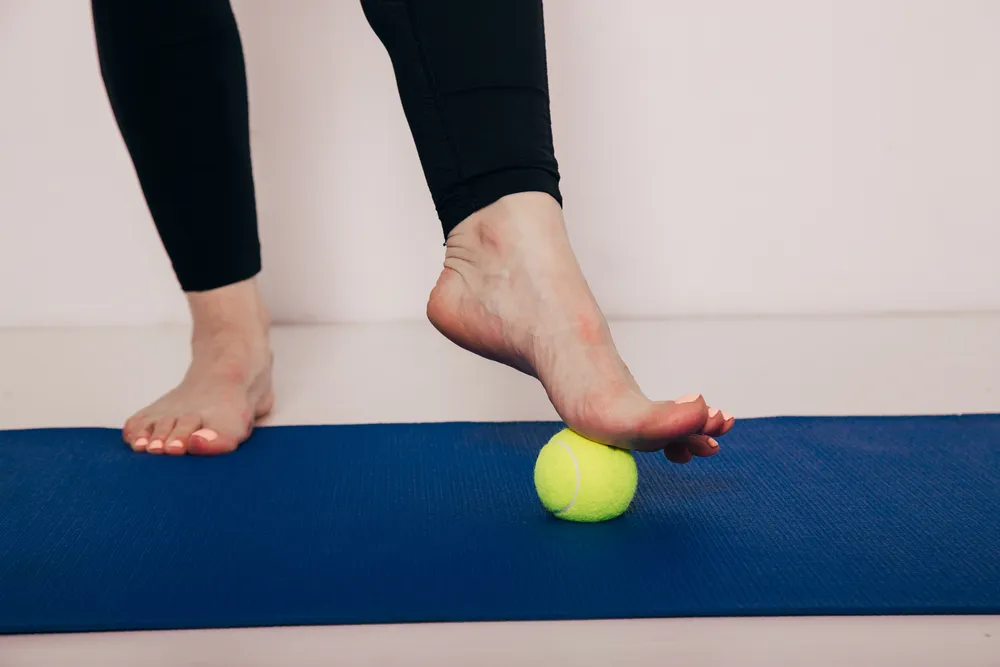
5. Consider Night Splints
Bunion splints, worn at night, gently realign your toe while you sleep. Although they won’t cure the bunion, they can reduce discomfort and prevent further misalignment over time.
6. Corticosteroid Injections
For severe pain, corticosteroid injections may be an option. These injections can reduce inflammation and provide temporary relief, but they are usually reserved for cases where other treatments have failed.
7. Surgical Options for Severe Cases
If your bunion significantly impacts your quality of life and conservative treatments aren’t enough, surgery might be the solution. A bunionectomy involves realigning the bones, ligaments, and tendons to correct the joint’s position.
There are several types of bunion surgery:
- Osteotomy: Cutting and realigning the bone.
- Exostectomy: Removing the bony bump without realigning the bones.
- Arthrodesis: Fusing the joint to eliminate movement and pain in severe cases.
Surgery requires a recovery period of several weeks to months and is generally considered a last resort.
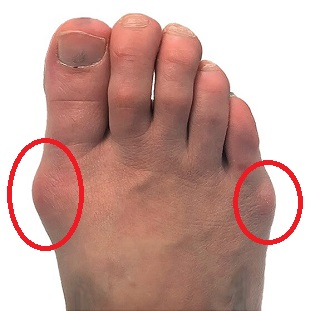
Preventing Bunions Before They Start
Prevention is always better than treatment. While you can’t change your genetics, you can adopt habits that reduce your risk:
- Wear Comfortable Shoes: Opt for wide-toe shoes that don’t cramp your feet.
- Use Arch Support: Orthotic insoles can improve foot alignment and reduce stress on your toes.
- Take Breaks: If you stand or walk for long hours, give your feet a rest.
- Maintain a Healthy Weight: Excess weight can increase pressure on your feet, worsening bunion development.
Conclusion: Take Control of Your Foot Health
Bunions may be a common issue, but they don’t have to control your life. By understanding their causes and symptoms, you can take proactive steps to manage pain and prevent further damage. From choosing supportive footwear to practicing daily foot exercises, small changes can make a big difference. And if conservative treatments don’t work, surgical options are available to restore your comfort and mobility.
So don’t let that painful bump slow you down—start treating it today and get back to living life on your terms!
